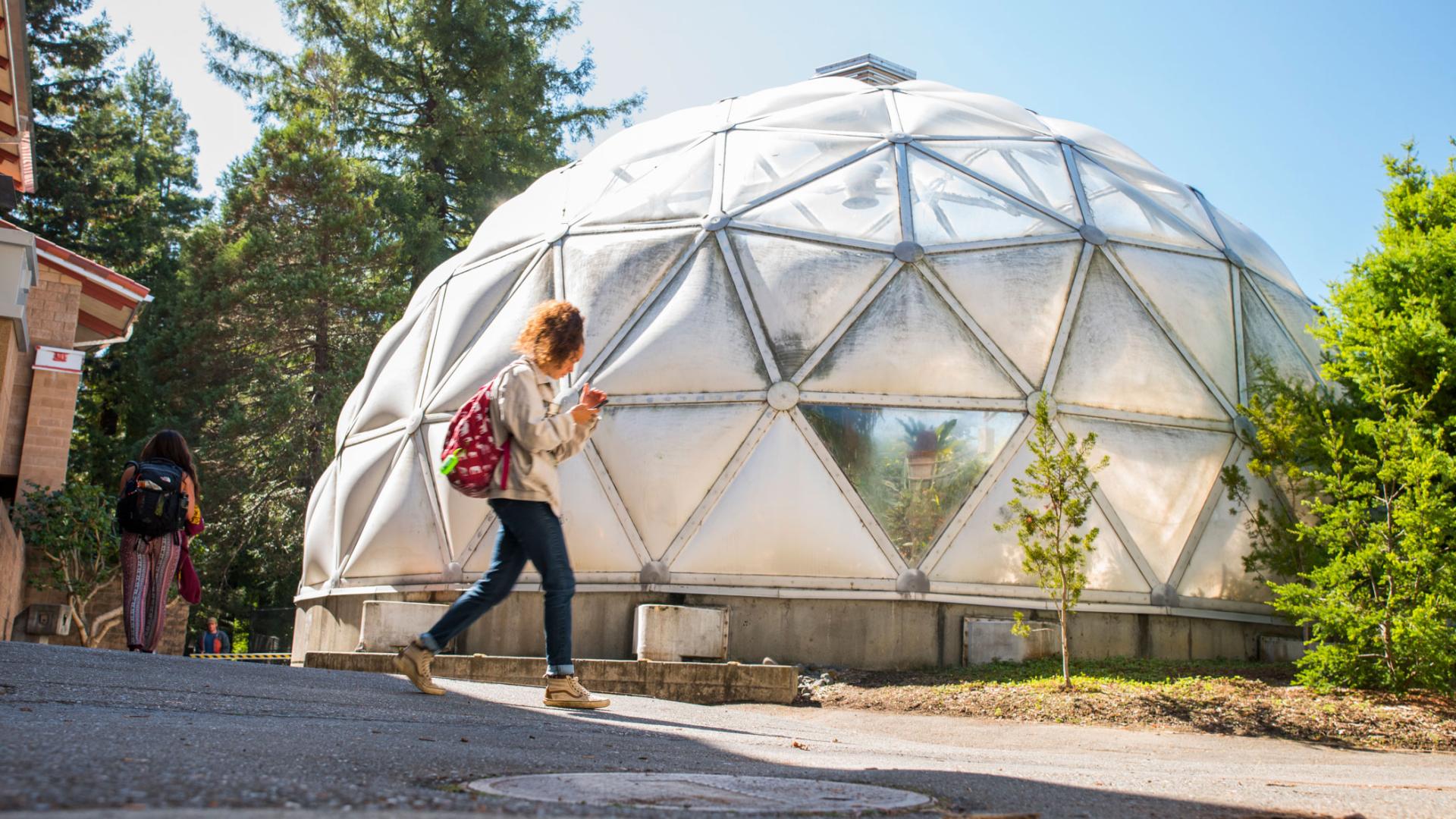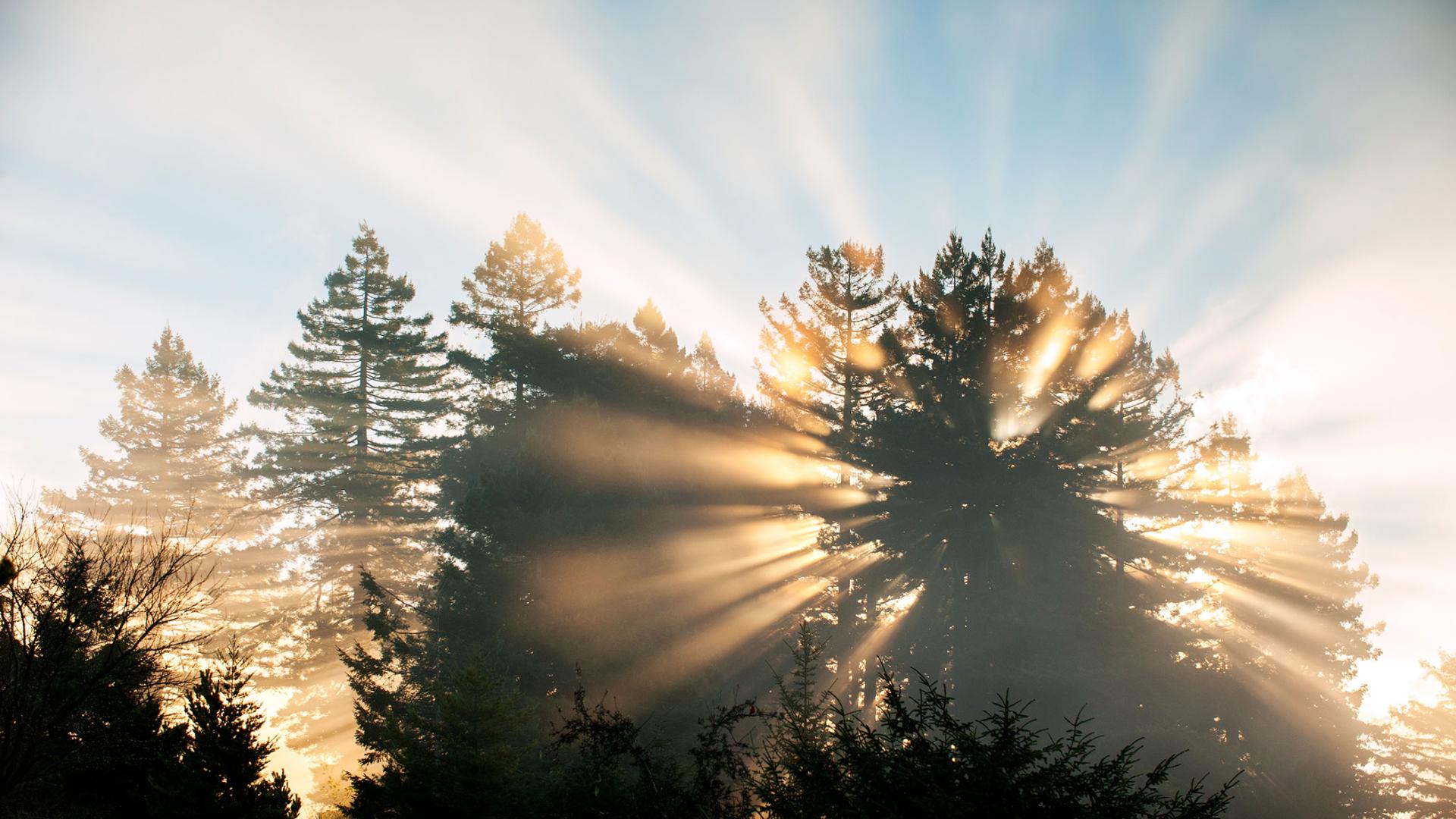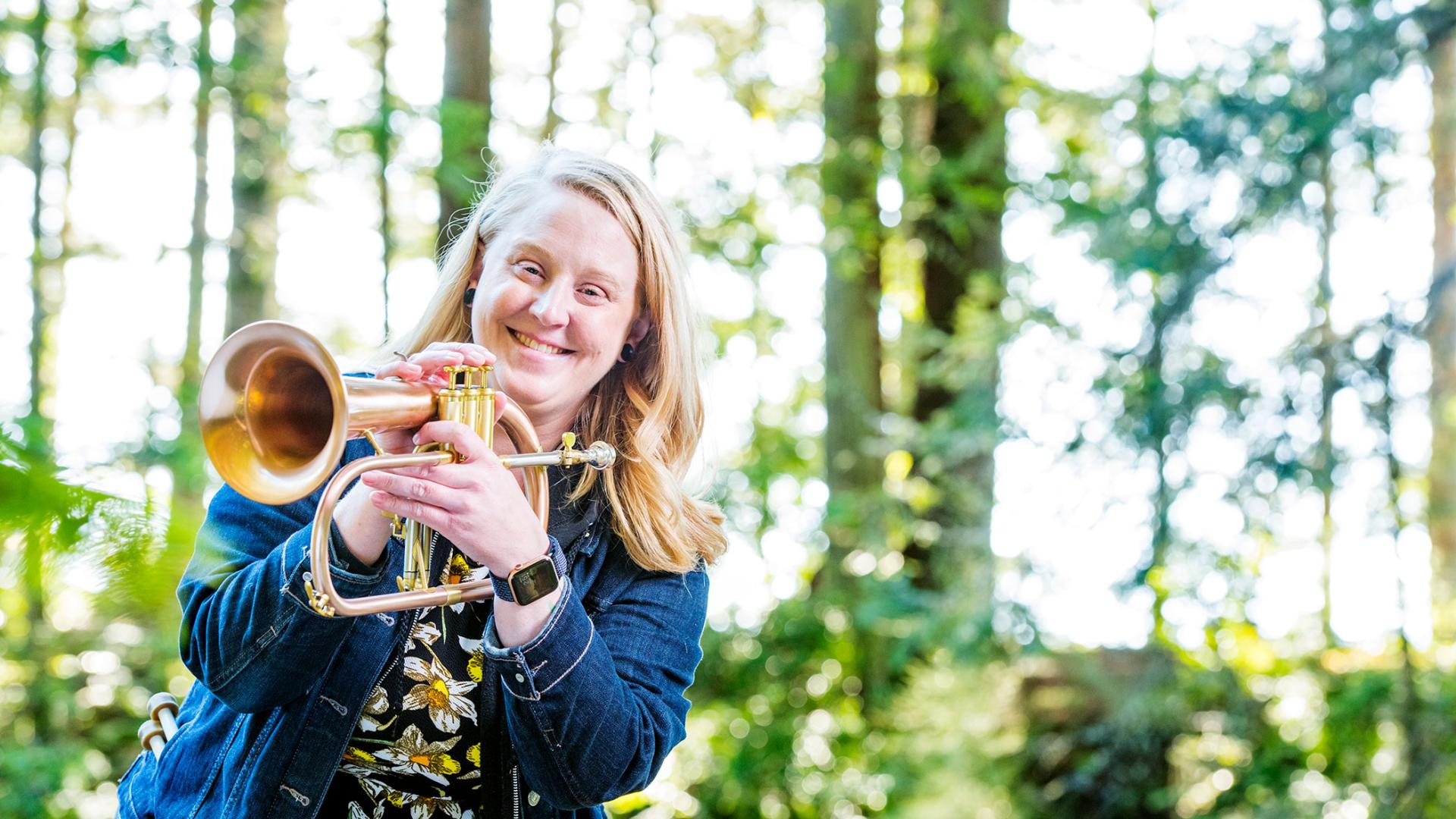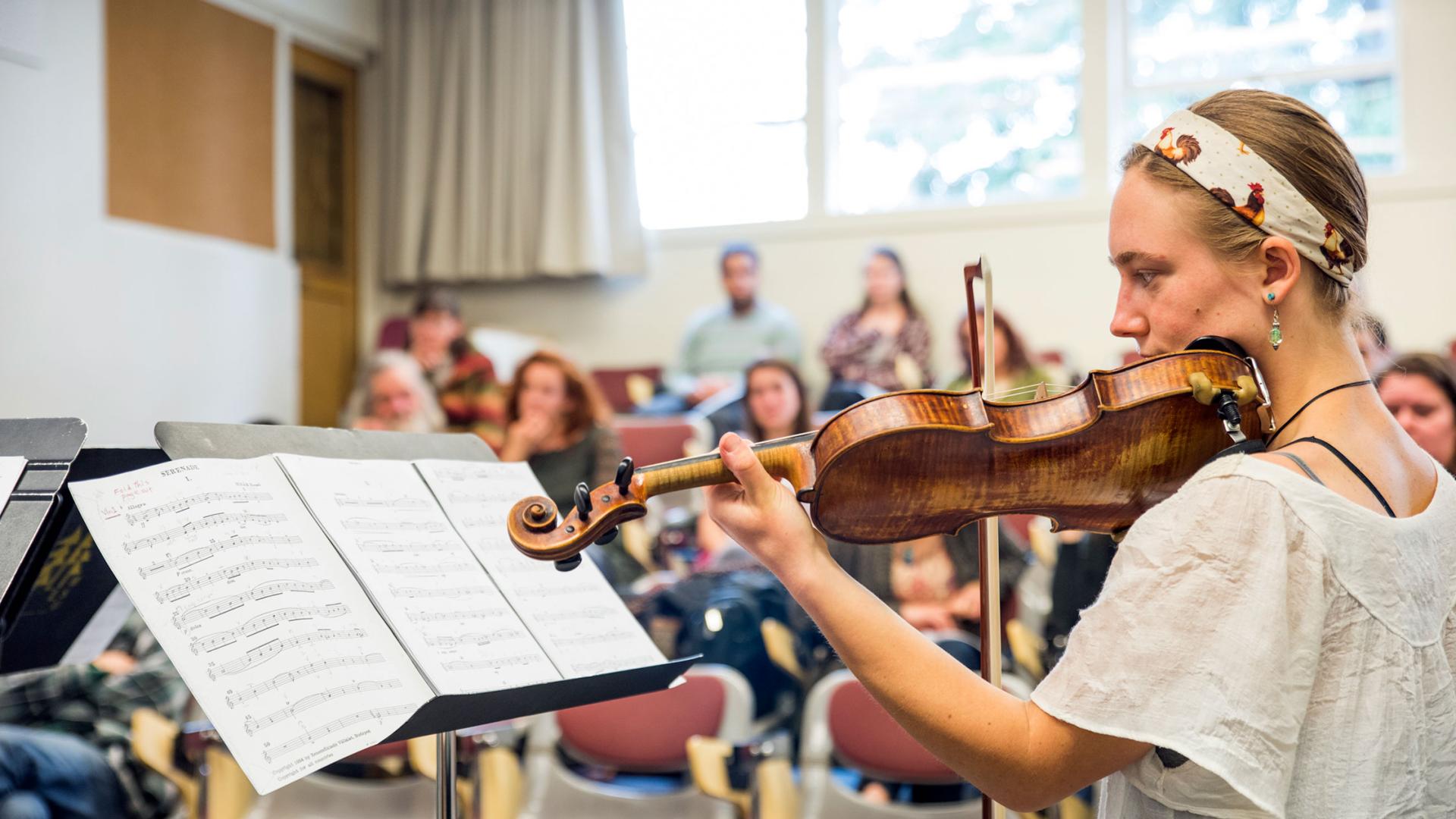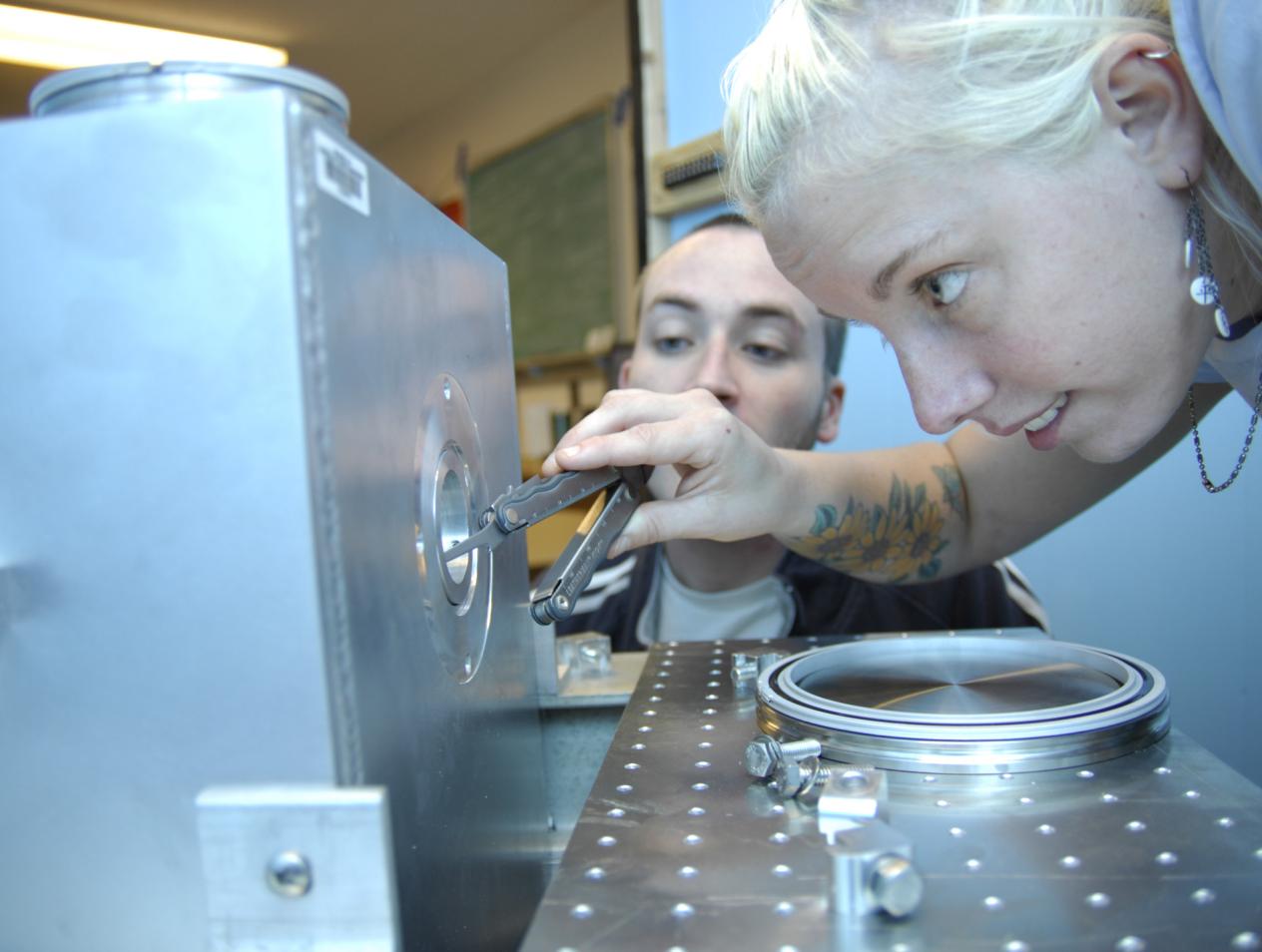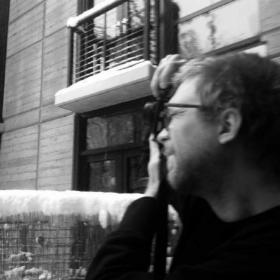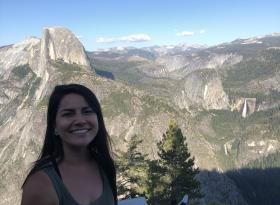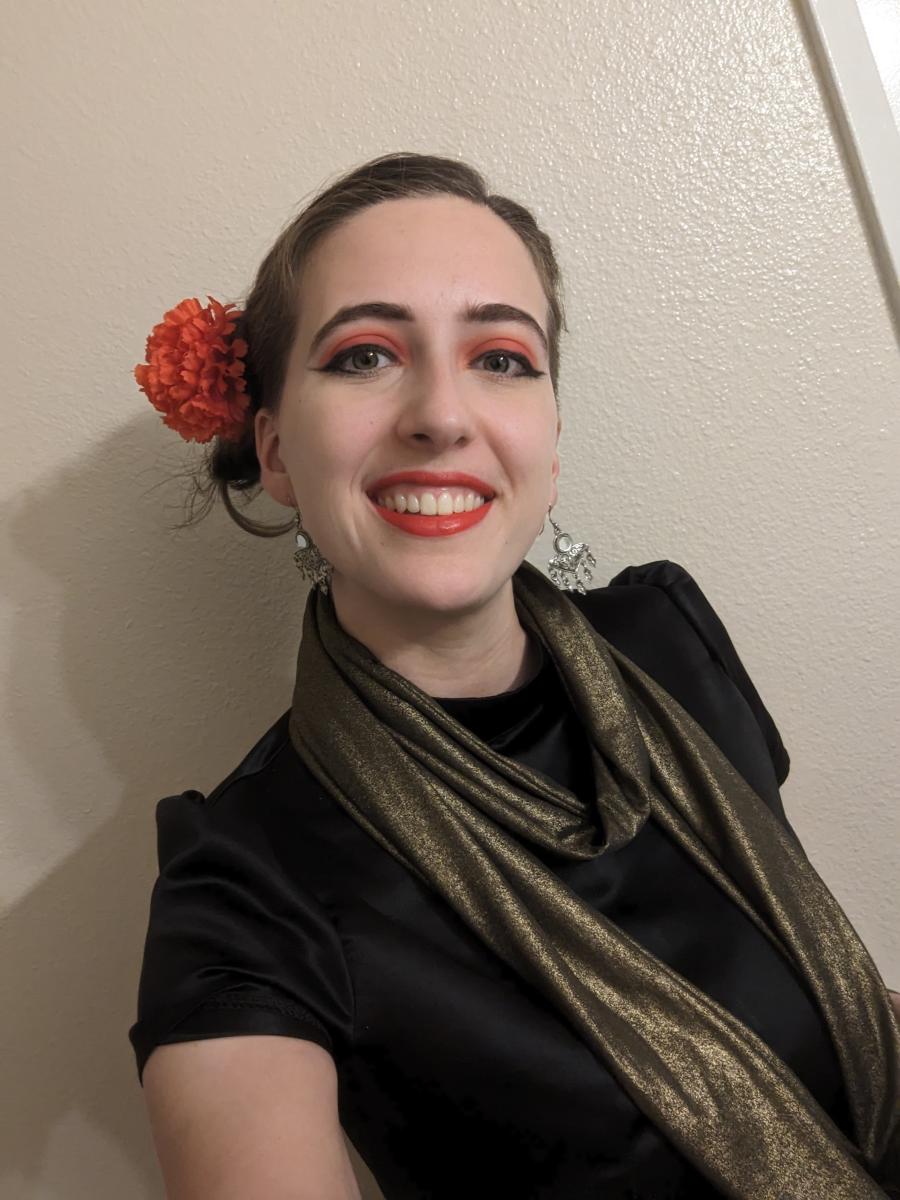Breadcrumb
Department of Physics & Astronomy
Physics & Astronomy gives you the perspective and problem solving skills needed to better understand our world and universe.
Hands-on learning and research are at the heart of our program. Small class sizes make it easier to get one-on-one attention from professors who are eager to help. And our graduates are in high demand in this high tech world.
Degree options
The Department of Physics & Astronomy offers two undergraduate degrees:
Physics, B.S.
The B.S. in physics is designed for those students who expect to enter one of the various fields of research or development in government or in private industry. This degree also offers a concentration in Astronomy.
Physical Science, B.A.
The B.A. degree in physics is less specialized and more adaptable to studies in various fields, including preparation for teaching at the secondary school level.
Physics & Astronomy Minors
Program Overview
A physics degree is good preparation for a very broad range of occupations. In general, a physics student with additional skills or a highly specialized emphasis has a greater advantage in the job market. Students also have a strong chance of increasing employability by strengthening their skills with additional course work from related disciplines, such as geology, oceanography, statistics, computer technology and mathematics.
The physics student should develop: a basic interest in natural phenomena; a good memory, imagination and physical intuition, an inquisitive nature; high-level mathematical skills; the ability to concentrate for sustained periods and the patience to repeat an experiment; the ability to observe facts and draw logical conclusions using logic and critical thinking skills; and a mild skepticism of conventional assumptions.
In the Physics & Astronomy programs, you will have the opportunity to get hands-on laboratory and research experiences while discovering the principles that make our universe work and learning about fundamental questions that remain unanswered. Small class sizes promote a sense of community with your classmates and facilitate engagement with faculty members. Our professional degrees in Physics and Astronomy prepare students for both graduate study in their discipline and a STEM career.
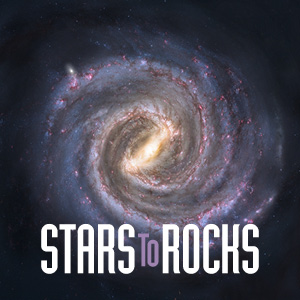
First Year Learning Community
Imagine being on a hilltop observatory peering up at the stars, searching for clues about the nature of gravity, analyzing river water samples, or taking a field trip to study the Mendocino triple junction atop the Cascadia subduction zone and San Andreas fault. These are some of the activities offered in Stars to Rocks, a cross-disciplinary learning community for Chemistry, Geology, and Physics & Astronomy majors.
Stars to Rocks, our first-year learning community, gets you connected to professors quickly, as well as a cohort of like-minded students who support each other throughout college. Joining the student-run Geology Club gives you more opportunities to meet faculty and students, as well as participate in monthly colloquia and events like the annual rock auction.
Hands-on Research
Cal Poly Humboldt is all about hands-on experiences. From the beginning of your undergraduate career to graduation, you’ll have access to cutting edge facilities and equipment like our Fickle Hill Observatory.
Students also have opportunities for original research, and can participate in our gravitational research group, undertake experiments, help prepare results for presentation at conferences, and even co-author a scientific paper.
Many of our students also engage in summer study as part of National Science Foundation research at other institutions nationwide—a great way to gain applicable skills and experiences.
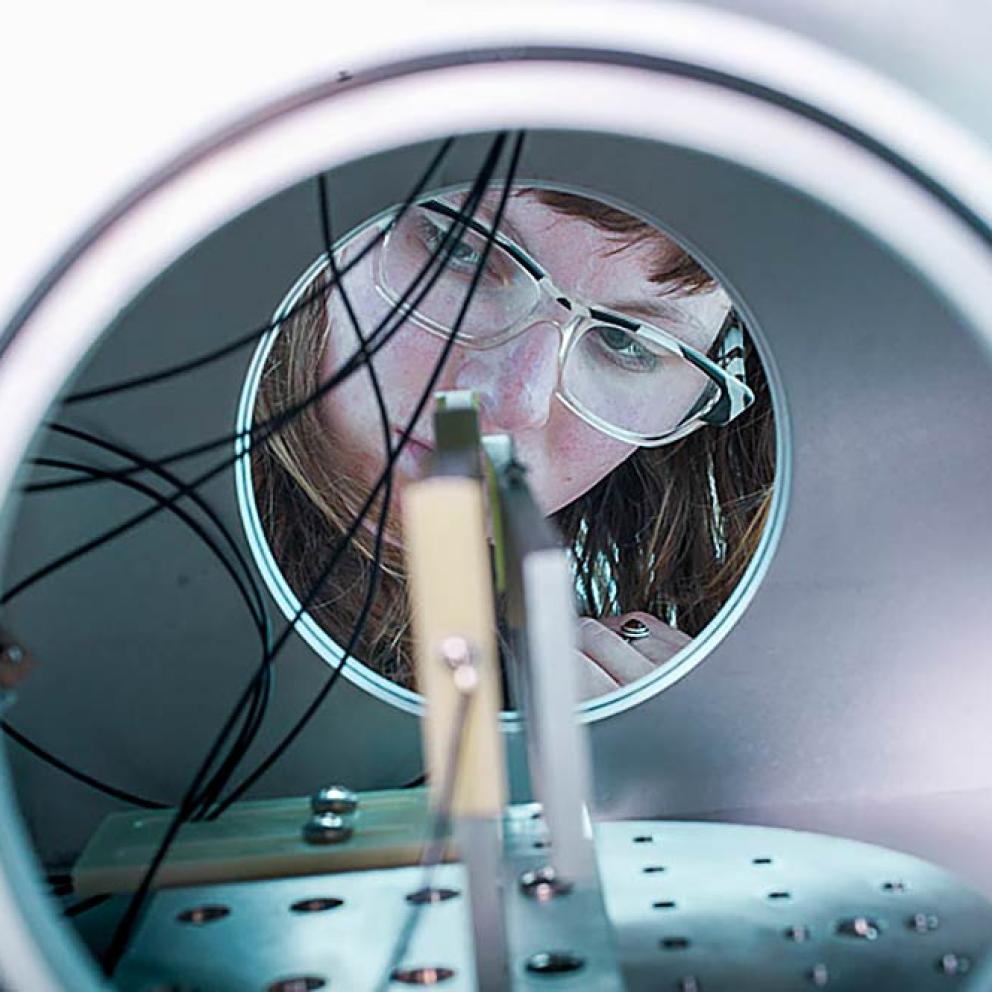
Small Class Sizes
At Cal Poly Humboldt, small class sizes mean you’ll get the classes and attention you need to succeed. Physics and astronomy programs are in high demand around the nation, and studying at Humboldt offers unparalleled support.
Our faculty have research interests including astronomy, cosmology, superconductivity, small-scale gravity, quantum mechanics, electronics and more, and they actively involve students in their efforts.
Your close working relationships with professors and peers will improve your education and college experience, enhance your ability to succeed in your career and graduate school, and make memories for a lifetime.

After Graduation
Our faculty work closely with graduating students to set them up for the next step of their life. Humboldt's excellent reputation among graduate programs means our students have excelled at some of the nation's top institutions, such as the University of Colorado, Rutgers, and the University of Washington. When our students decide that graduate school is their next step—which is required for many careers in the field—nearly all of them go on to attend one of their top choices.

The Gravity Research Laboratory
After over 300 years of experimentation, the true nature and implications of gravity are not fully understood. Here at Humboldt, we created a laboratory to investigate the subtle properties of this familiar force of nature.
Primary Research Areas
- Short-range tests of Newton's 1/r² law and the Weak Equivalence Principle
- Searches for new fundamental forces
- Investigation of the mechanism behind Dark Energy

Featured Alumni
Achievements
Find out what our students, faculty, and staff are being recognized for.
C.D. Hoyle, Holly Leopardi
Physics & Astronomy
Together with NASA collaborator Dr. Holly Leopardi, Dr. C.D. Hoyle (Physics and Astronomy) received a grant from NASA’s MOSAICS program, whose purpose is to increase research opportunities for undergraduates. Students, trained in Dr. Hoyle’s lab, will spend summer internships in Dr. Leopardi’s QuEST laboratory at Goddard Space Flight Center. This work will focus on developing space-based systems using cold-atom interferometry and atomic clocks to improve the mapping of Earth’s water and ice movement, perform fundamental physics measurements, and improve navigation systems of future spacecraft. Dr. Leopardi is a CPH graduate, recognized as an Outstanding Student of the Year in 2014.
C.D. Hoyle
Physics & Astronomy
Dr. C.D. Hoyle, in conjunction with the APS Executive Committee, organized and hosted the 2024 American Physical Society Far West Section Meeting that was held at Cal Poly Humboldt on October 25-26th. Attendees from all over the western USA presented over 100 research works in physics, astronomy, and physical/mathematical sciences through oral and poster sessions, including many CPH students and researchers. Invited speakers included scientists from national laboratories, private industry, and large research universities. Corey Gray of LIGO, who graduated with CPH Physics and Applied Mathematics degrees in 1997, gave an engaging after-dinner lecture to over 120 meeting attendees.
C.D. Hoyle
Physics & Astronomy
Together with NASA collaborator Dr. Holly Leopardi, Dr. C.D. Hoyle (Physics and Astronomy) received a grant from NASA’s MOSAICS program, whose purpose is to increase research opportunities for MSI undergraduates. Students, trained in Dr. Hoyle’s lab, will spend summer internships in Dr. Leopardi’s QuEST laboratory at Goddard Space Flight Center. This work will focus on developing space-based systems using cold-atom interferometry and atomic clocks to improve the mapping of Earth’s water and ice movement, perform fundamental physics measurements, and improve navigation systems of future spacecraft. Dr. Leopardi is a Cal Poly Humboldt graduate, recognized as an Outstanding Student in 2014.


